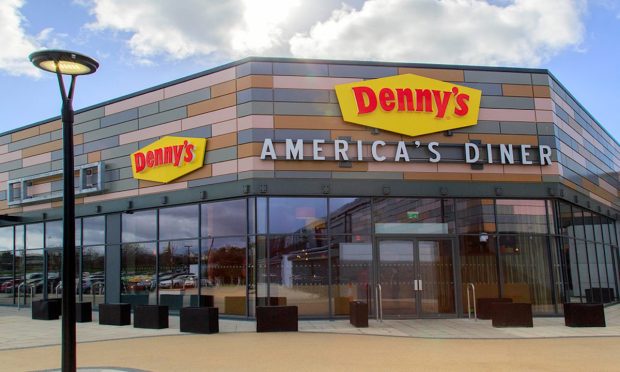Denny’s Relaunches Loyalty Program as Restaurants Gamify Rewards

Across the restaurant industry, brands are getting more targeted with their promotions, and Denny’s has become the latest to tap data-informed, personalized “challenges” to get more return on its rewards investments.
On Thursday (June 29), Denny’s, a full-service diner chain with nearly 1,600 locations around the world, announced the launch of an updated rewards program, leveraging the challenges model to motivate behaviors based on data about consumers’ purchasing history.
“Denny’s provides an incredible bang for your buck, and now our rewards challenges take value to a whole new level,” Denny’s President John Dillon said in a statement. “At a time when guests place a premium on value, we are excited about this game-changing summer launch.”
The brand offers different tasks for different kinds of customers, nudging different kinds of customers into that next loyalty tier up — turning occasional diners into fans, fans into super fans, etc. The restaurant cited the example of offering a free Grand Slam breakfast to consumers who visit four times before the Fourth of July.
The news comes as, across the restaurant industry, brands gamify their rewards programs with these kinds of challenges, leveraging the data they have about different kinds of consumers’ dining habits to find the best offers to boost their frequency. This strategy enables restaurants to be highly targeted, offering the discounts that they need to keep diners coming back without offering gratuitous rewards that cut into margins.
Fast-casual health-focused chain Sweetgreen was a pioneer of this gamified, task-based model of rewards, launching its “Rewards and Challenges“ program last summer, followed in the fall by a comparable announcement from competitor Just Salad. Earlier this year, Jimmy John’s, a sandwich giant with more than 2,600 locations, similarly gamified its own program.
In an interview with PYMNTS, Daniel Shlossman, chief marketing officer of Sweetgreen explained why the brand shifted away from the points-per-dollar model.
“We have really seen some of the negatives of what very basic points-based programs can do, where a year down the line, when consumers are too rich in terms of their rewards, those restaurants have to degrade the program value, and you’ve seen customer backlash,” Shlossman said, highlighting Starbucks as an example. “The rewards and challenges mechanism gives us that ability to really target different offers to different types of customers.”
The majority of all consumers now engage with restaurants’ rewards programs, and as restaurant prices continue to climb, consumers increasingly seek out these kinds of deals and discounts on their meals.
Data from PYMNTS’ March study, “Connected Dining: Consumers Like the Taste of Discount Meals,” which drew from a February survey of more than 1,800 U.S. consumers, found that 51% reported using a restaurant loyalty program, with 49% participating in these programs at quick-service restaurants (QSRs) and 34% at full-service restaurants (FSRs).
The study also found that discount use is far higher in this inflationary period than it has been in the past. Between March 2022 and February of this year, the share of consumers who reported having redeemed a discount on their most recent restaurant purchase rose from 14% to 26%.
